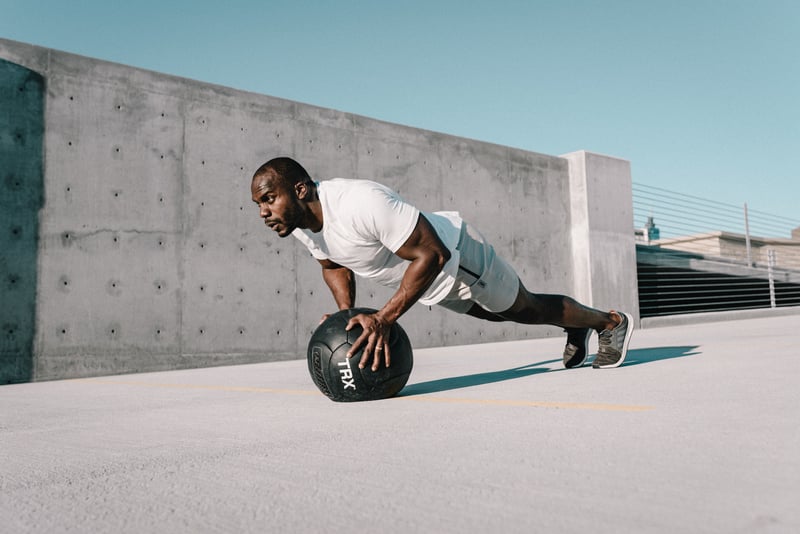
In coaching and sports, relaying feedback is critical for what we strive for; movement perfection. But there is information before exchanging feedback that is even more important and can mean the difference between sustaining an injury or flawless execution. It’s called the feed-forward mechanism, and you probably do not even realize it is happening unless you are in pain.
These feed-forward mechanisms generally occur during the involuntary, automatic adjustments in posture prior to movement. Several studies have confirmed the most active muscles in this process are the transversus abdominus (TA) and multifidus, 2 deep muscles of your “core”. The TA runs horizontally, right to left, demonstrating its important role in controlling your body during rotational movements like agility, and throwing or hitting a ball. The direction of these muscle fibers make the TA unique in that it can act like a corset that synchs up to provide stability to each spinal segment.
Yet, it’s never just muscles in isolation that prevent injury, but it is a feed-forward pattern that uses co-contraction to protect your joints. This simultaneous muscle contraction involves specific muscle partners, and in this case the TA fires with the multifidus muscle, fleshy muscles that fill in between each spinal segment. The multifidus activity is even more noticeable than the TA because it can immediately shrink in size if you are experiencing low back pain. Both sides act independently so when you experience pain or instability on one side, that side’s multifidus will be the one that loses its size. This atrophy, the wasting away of a part of the body, can even persist after the pain goes away. So how can we get it back?
The big exercises, such as squat, are always needed; as they recruit the most musculature, as well as in the appropriate patterns. But beyond these more resisted movements, it can help to target specific spinal stability until the function and size returns to the multifidus. A 2008 study out of the University of South Dakota examined these muscles’ activity in various exercises. The authors found the best beginning movements were planks, or bridges, because that had a lower intensity. For stage 2, you can alternate reaching with your opposite arm and leg, as the study showed even greater muscle activity with this more advanced addition. For the biggest challenge, providing end range resistance provided the highest muscle activation. So we use exercises like the anti-rotation press and bar rollout to provide the most difficulty.
However you can also imagine that practicing landing from a jump or making an agility turn involves plenty of feed forward protection against injuries. So practice your feed forward mechanisms by including spinal stabilization and landing from a jump, it will be too late if you wait for feedback.